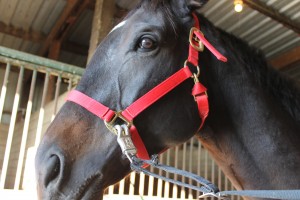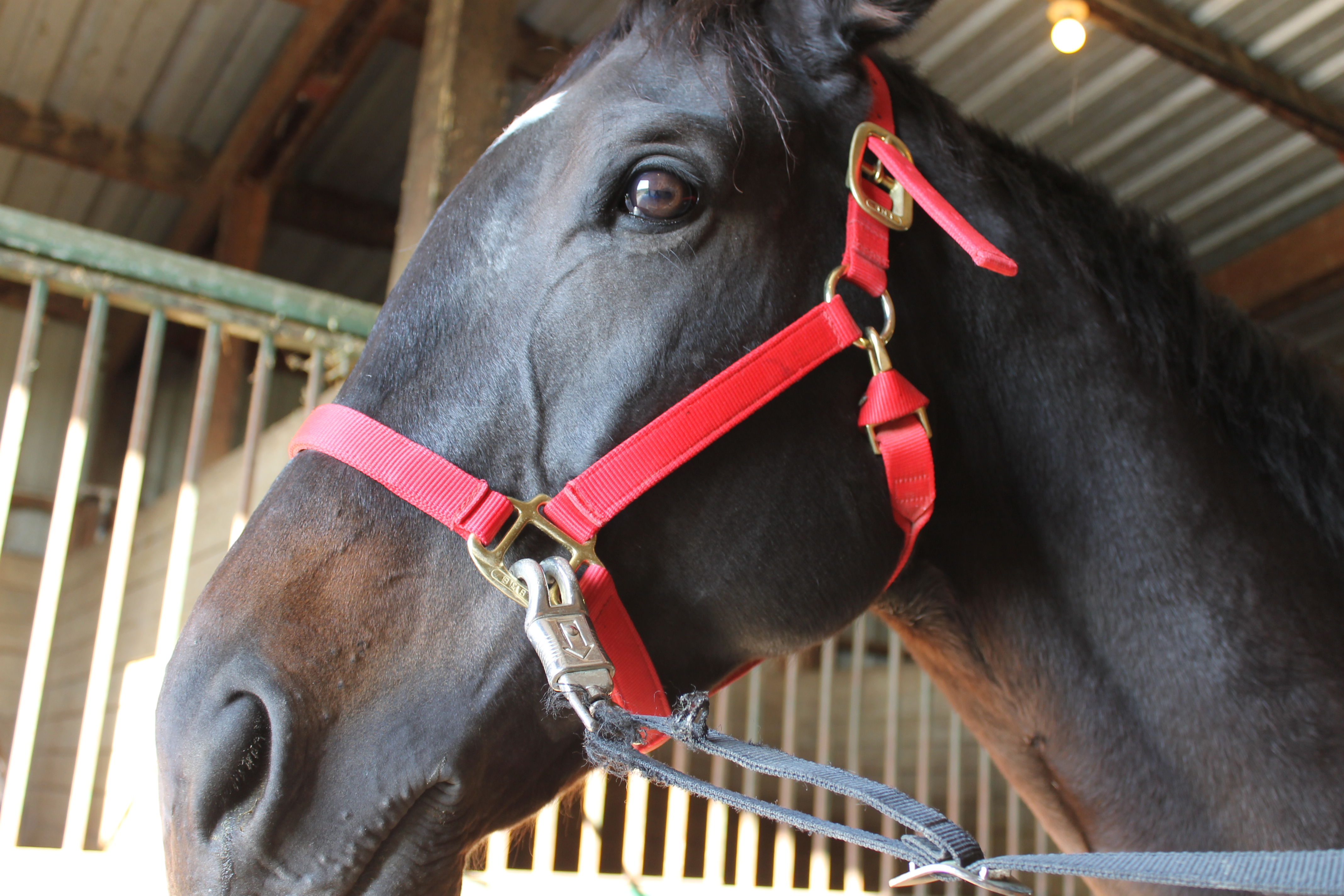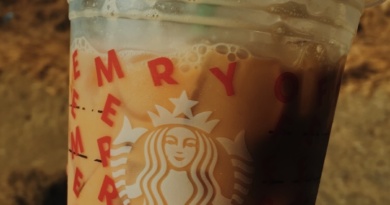A girl and her horse

The first time Aleson Laird ever rode a horse was at a New York horse camp. She learned how to do all of the basics like walking, trotting and trail riding, and loved it from the start.
At the age of 10, Laird and her family moved to Davis. Wanting to find an activity to do, Laird decided to become an equestrian.
“I like to think working with these half-ton animals helps me be more self confident,” Laird said.
As a current equestrian, Laird has challenges she and her horse, Cosmo, must work through to make their rides and shows effective.
“It’s sort of like falling in love…some horses you gel with; others you don’t. When you find the right horse, you can understand each other, you complement each other’s strengths and there is a mutual respect,” Laid said.
To succeed in shows and practice, a good communication and connection with the horse is important. “Making that connection with the horse where you can communicate is difficult, and sometimes it takes a long time,” Laird said, and Cosmo is “just like another 1200-pound child.”
But sometimes, “you may have an argument, and you have to work it out. [Horses] can’t speak your language,” Laird said. “[You] can’t expect what you want [the horse] to do all at first.”
The challenge for an equestrian can also be to “figure out ways to get a 1200- pound animal with his own agenda to work with [you],” Laird’s mother said.
At horse shows and competitions, Laird competes in the Hunter Jumper class. The event includes small jumps for the horse as well as showing off the horse’s many skills.
At shows, the rider must also look their best and help her horse look its best. “The main distinction is the rider’s position on the horse. Unlike other disciplines the rider [sits] slightly forward. Hunter refers to the seat position, Jumper refers to going over fences,” said Amelia Roland, the Hunter Jumper team president at UC Davis.
“It’s given me something purposeful to do with my time and an outlet for my stress,” Laird said.
“This is a time and labor-intensive sport…it requires clear and patient thinking,” Deb Laird, Aleson’s mom said.
In preparation for a show, there is a lot of manual labor involved for the rider and horse. To prep for her show, Laird and her mom had to prepare Cosmo in many different ways.
A quick practice was needed before a bath and after a thorough clean and polish of all the equipment. After Cosmo’s bath, Laird and her mom spent hours on end to braid his mane. “It took forever… like four hours,” Laird said.
At the show, Laird has to stay calm in order to keep Cosmo calm. Together, they participate in different classes within a show. “There are classes where they’re looking at just me as if I’m doing what I’m supposed to,” Laird said, “I have to mentally prepare… [and] get ready the horse.”
Classes within a show vary. Roland described jumping classes as a show of the horse’s jumping ability and the rider’s ability to control the horse and must complete a course of eight fences. For flat classes, the rider must show excellent riding skills and technique. They must also control the horse with good position.
Laird’s friend, Kaitlyn Vitangol thinks Laird’s riding is “pretty cool… I don’t know many people who do that… she seems to be very attached to animals so there’s no surprise she would do horseback riding.”
In Laird’s future, she hopes to continue riding. “It’s very soothing to work with animals… it’s also helped drive me on the biology veterinary career path. Without riding I may not have chosen it.”
For Laird, horseback riding is very important and has been a positive experience. “When focusing on riding, you can’t really worry about anything else,” Laird said, and in the end, “it all comes down to me and Cosmo.”


